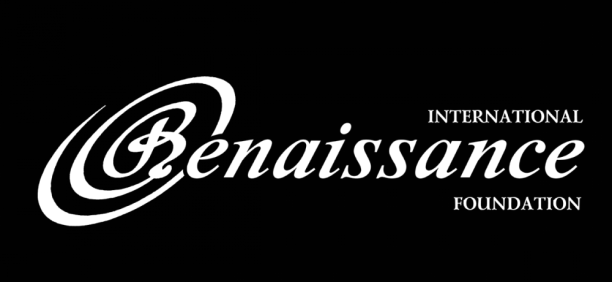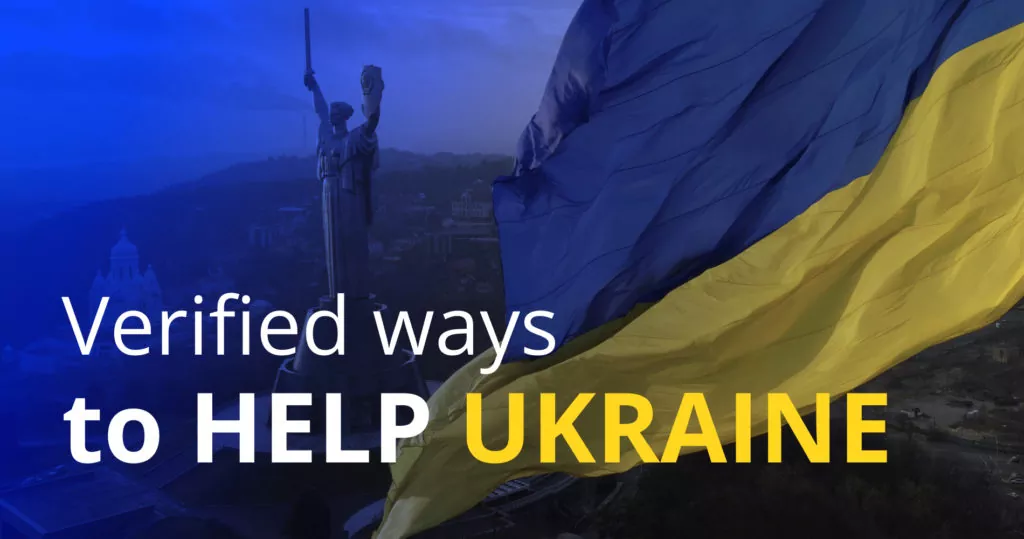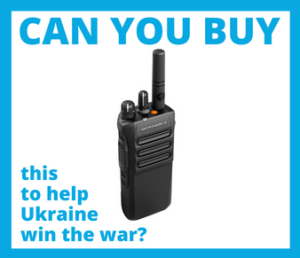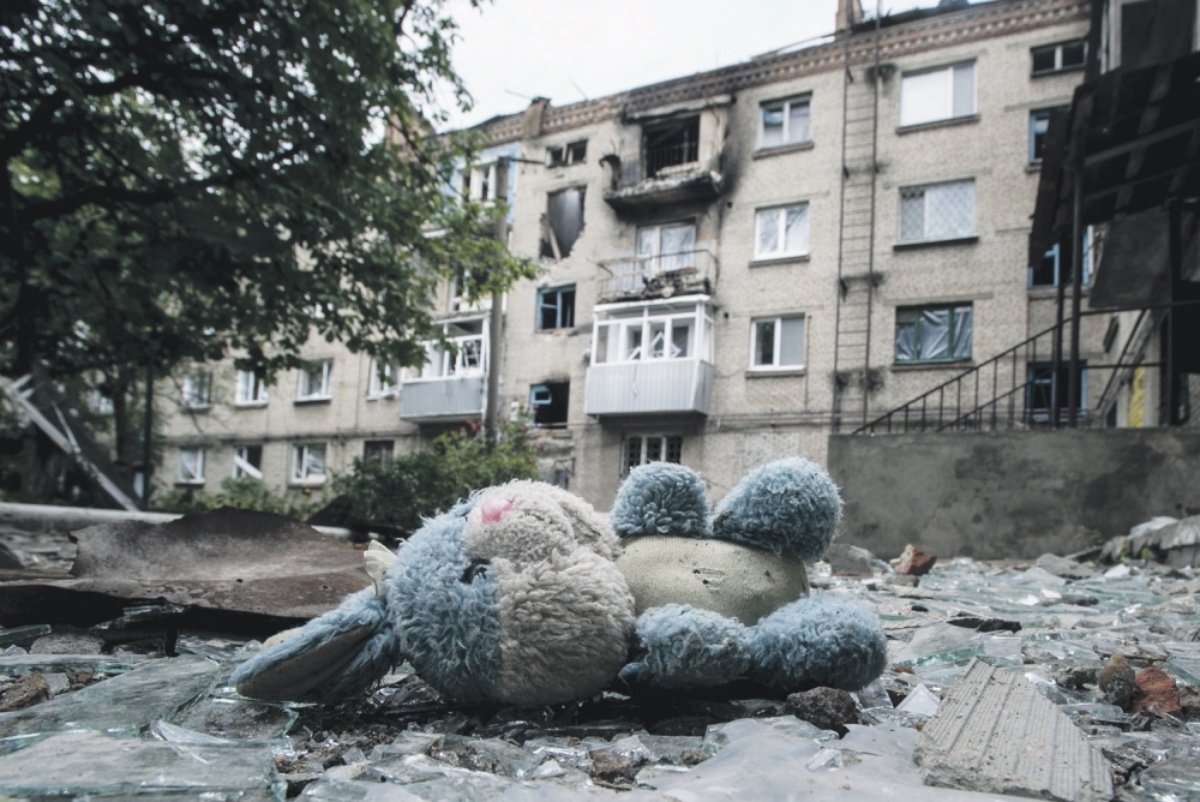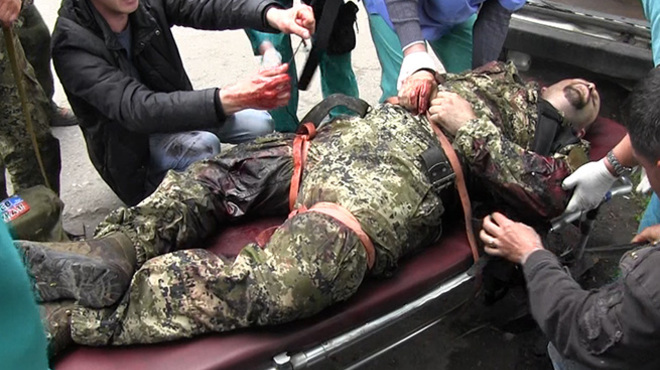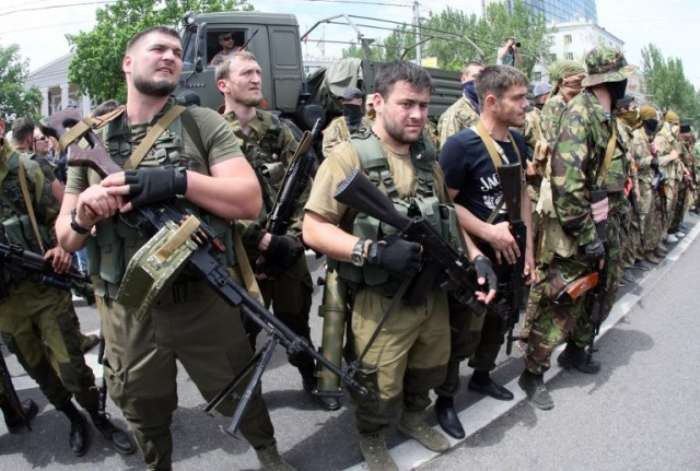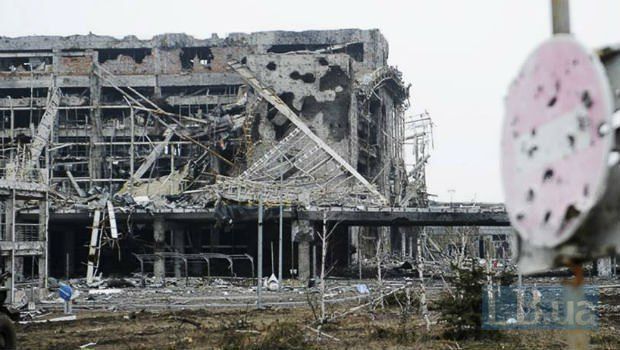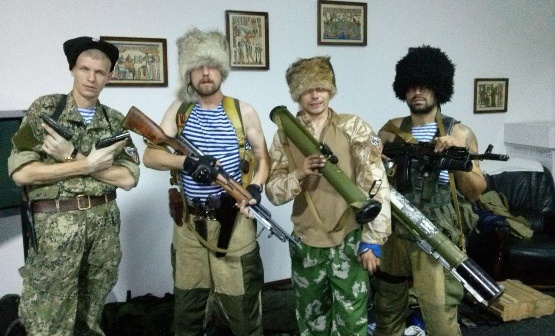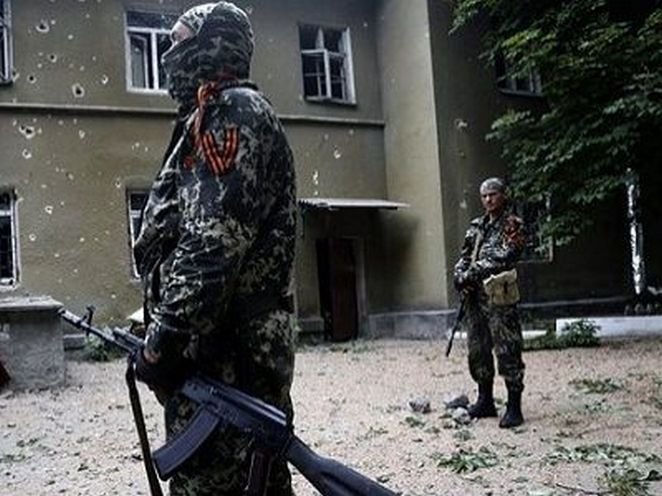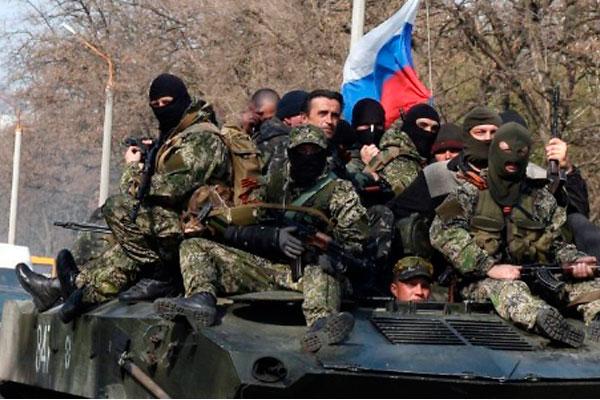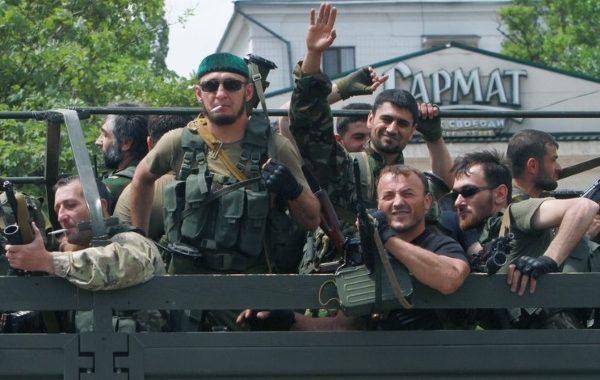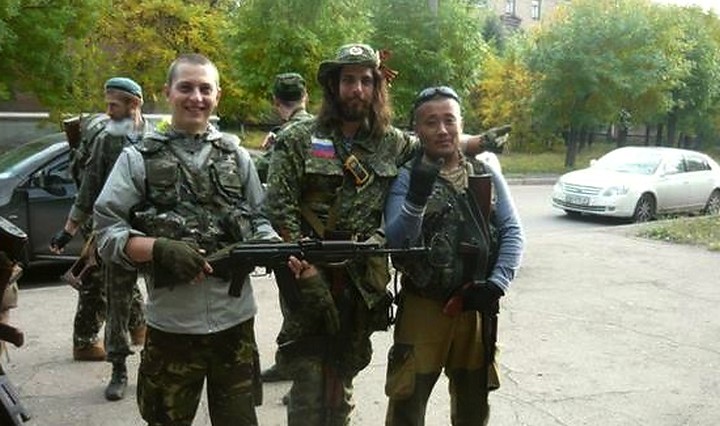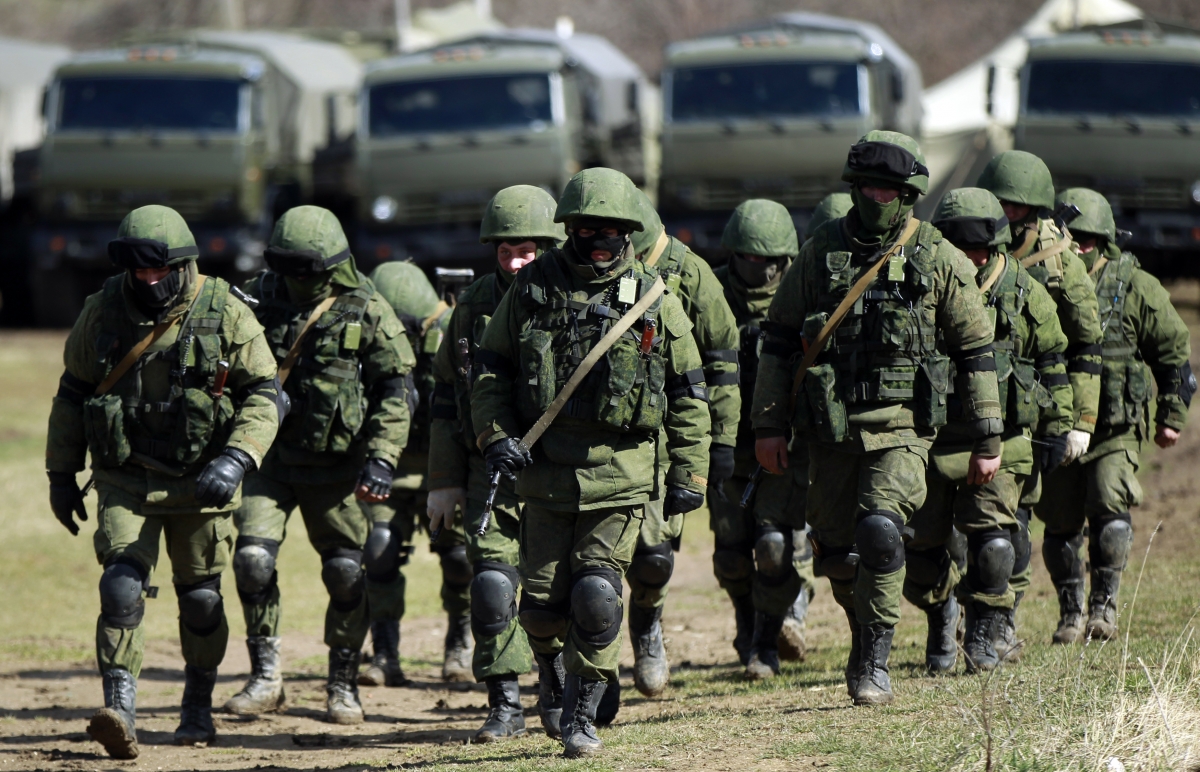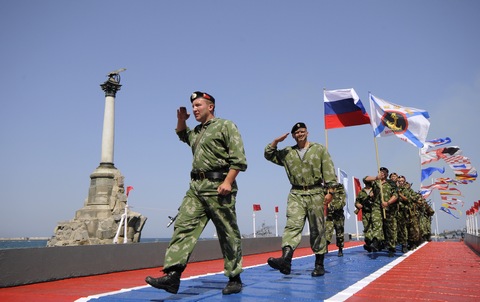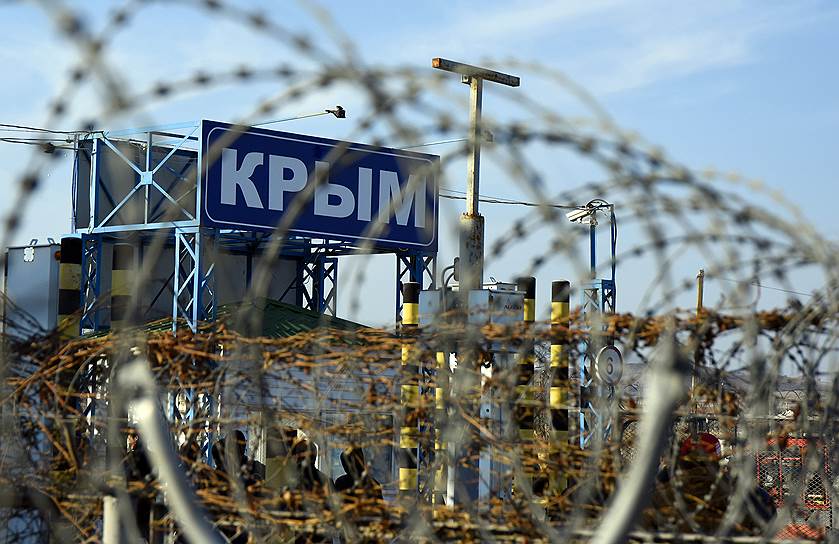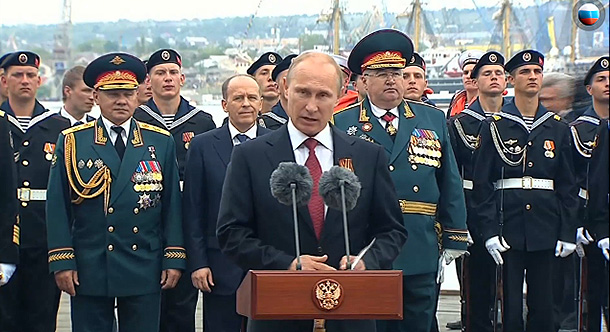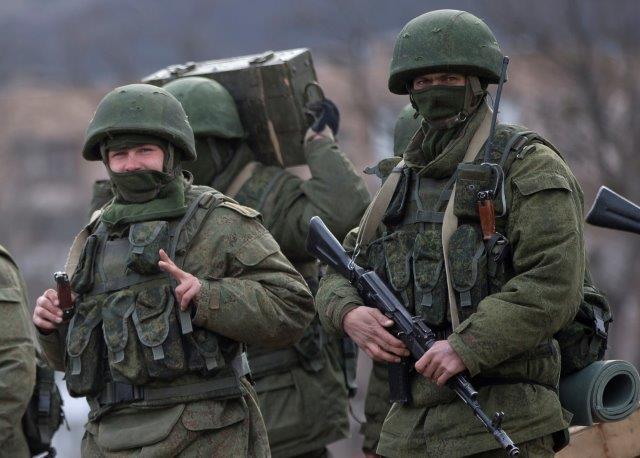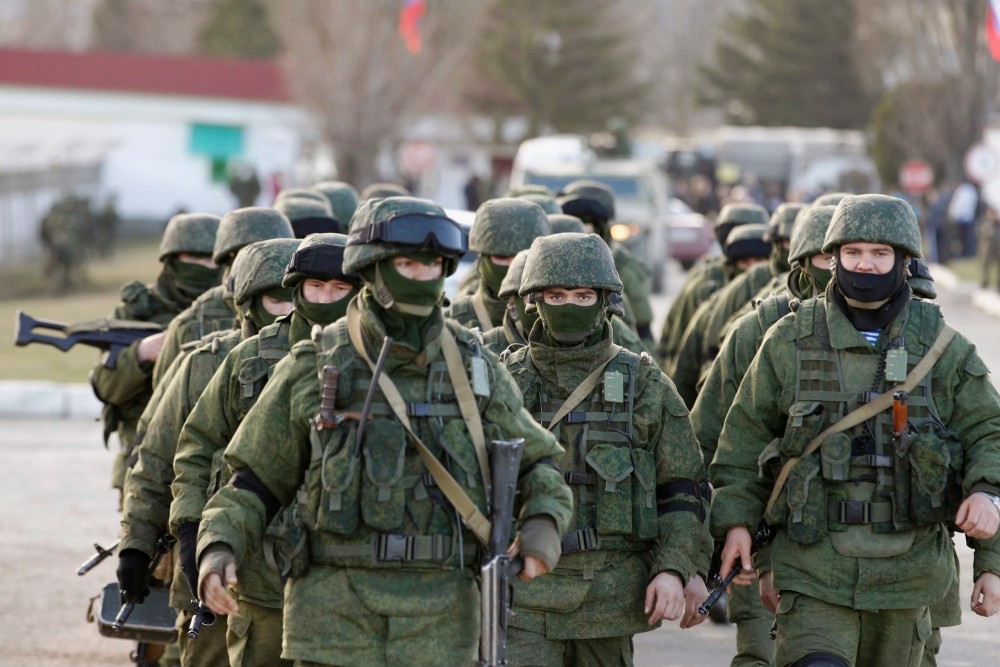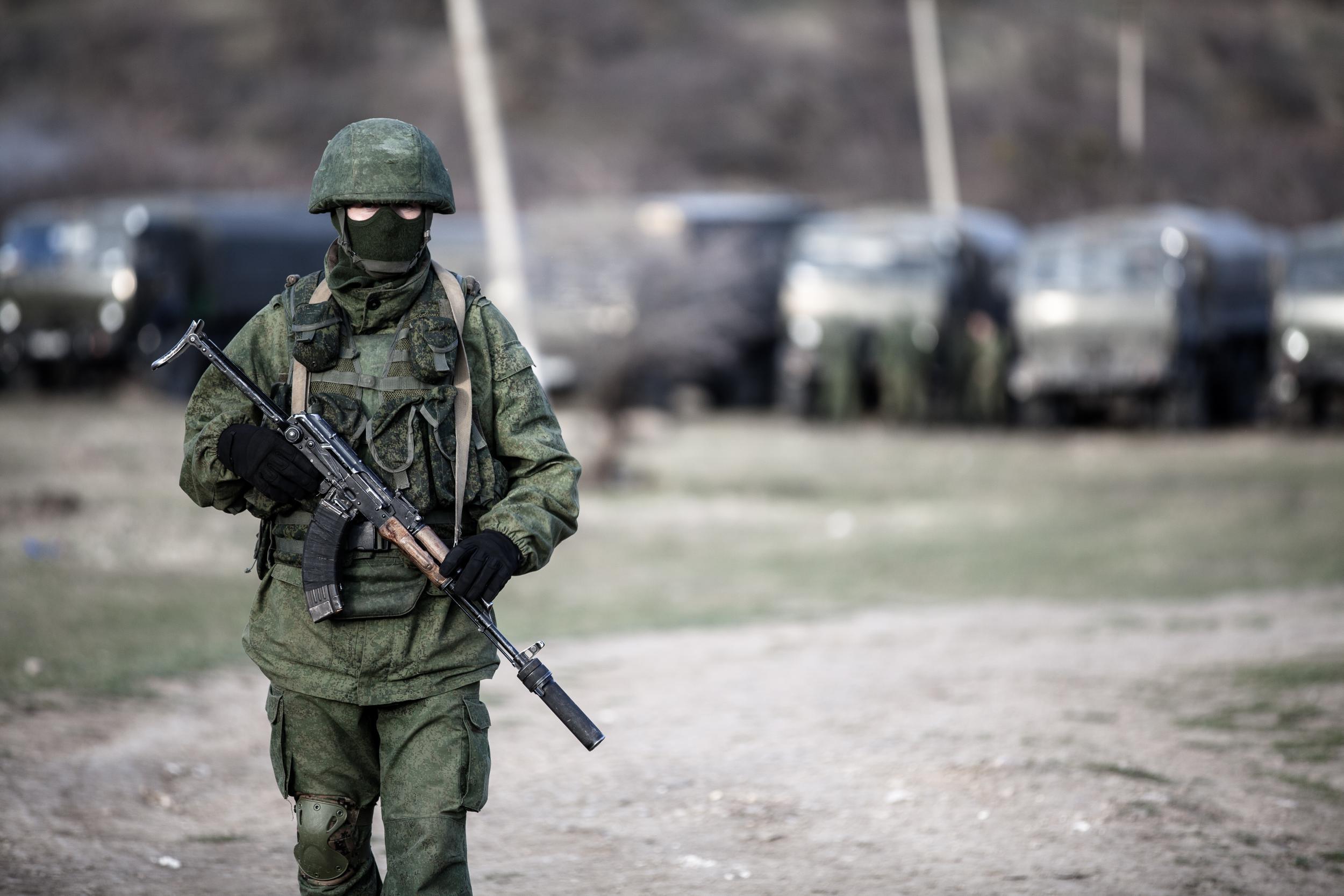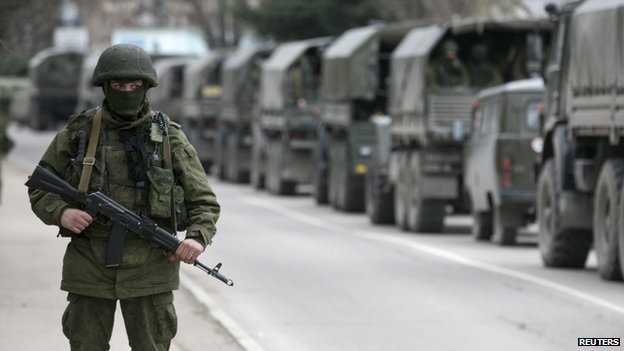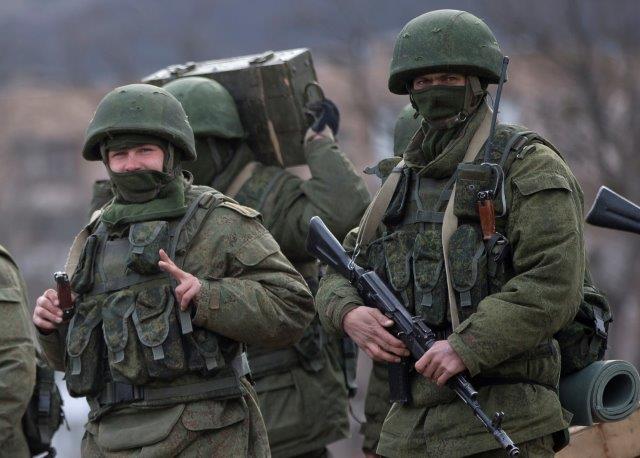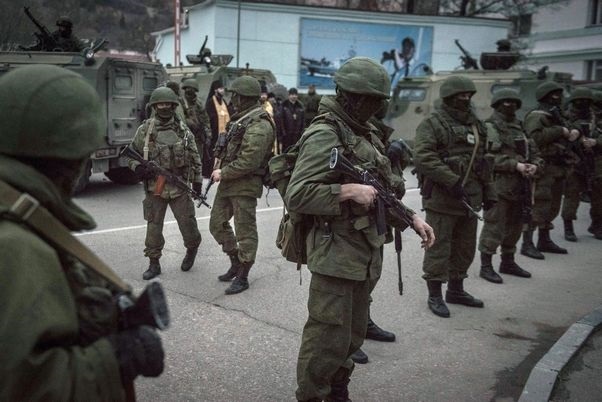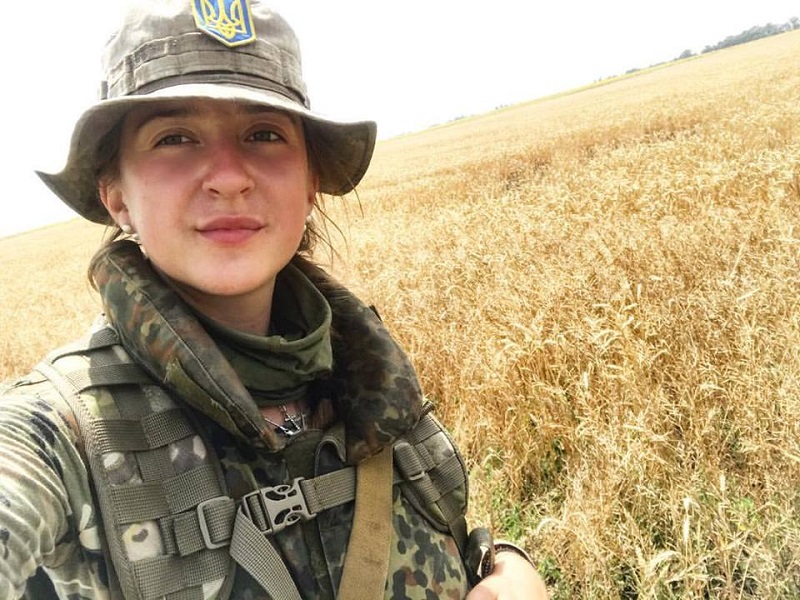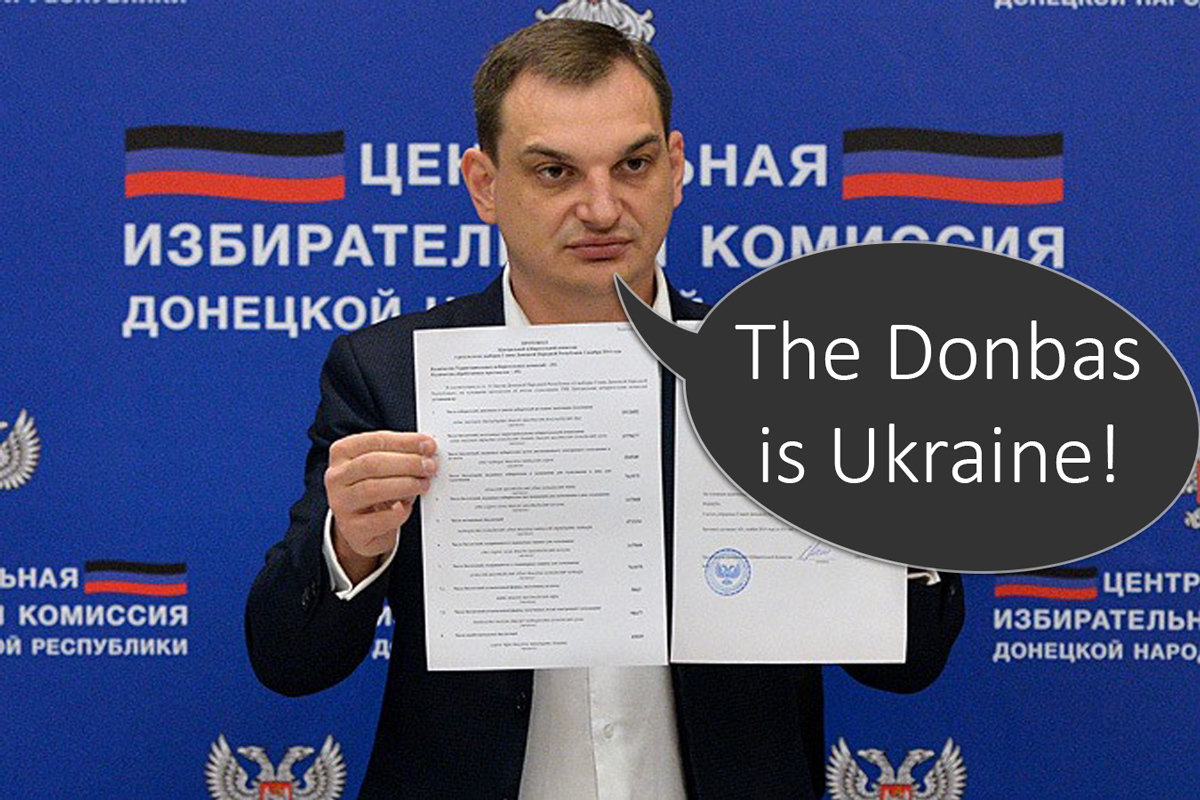Estimating the real costs, direct and indirect, of a military conflict is always difficult because so many factors need to be considered, but Moscow economist Andrey Illarionov says that even if one ignores direct human and property losses, Vladimir Putin’s wars are currently costing Russia approximately 94 billion US dollars every year.
One widely cited estimate of the costs of the Ukrainian war for Russia is provided in the report “Putin. War.” It put the price tag of Putin’s actions at 18 billion US dollars. But that figure leaves out four major factors which mean that the real cost has been and remains far higher, Illarionov says.
- First, he notes, “all military expenditures in the war against Ukraine have been much larger than the direct costs of carrying out military actions directly on the territory of Ukraine.
- Second, “spending on the preparation and conduct of the war with Ukraine began long before the start of military operations against Ukraine.”
- Third, Illarionov continues, “the current war begun by the Kremlin is a war not only with Ukraine.” And fourth, “additional costs in connection with the preparation and conduct of military operations are born not only by the state budget but also by the private sector.” Consequently, one must include costs which “Putin.War” does not.

Illarionov says that his accounting is based on the following assumptions: that the costs of the war must include all increases in military spending in the period of preparing and conducting the war compared to the levels in previous years, that spending for war is greater than spending on the war in Ukraine because Ukraine is only one front in the Kremlin’s war, that the costs of Russian rearmament which began in 2011 must be included, that the base line of military spending is 2.7 percent of GDP, that increased capital outflow during the conflict must be included, and that the average capital outflow against which that is measured is about two percent of GDP from 2000 to 2011.
“Thus,” the Moscow economist says, “the total cost of the current war can be defined as the sum of the direct cost for the state budget… and the costs for the preparation and conduct of military operations for the private sector” as measured against pre-war preparation levels in both cases.”
Using these as the basis for a calculation, Illarionov says that Russian government spending on the military rose from 25 billion US dollars a year before the buildup to 61 billion US dollars a year from 2012 through 2015. That alone means that the Ukrainian war has been costing Moscow 36 billion US dollars a year – or 144 billion US dollars for the four years.
The cost of the war for the Russian private sector, he says, is reflected in the increase of capital outflow from the 19 billion US dollars it averaged annually from 2000 to 2011 to 93 billion US dollars a year from 2012 to 2015. That means that there has been an excess in capital outflow over the past four years totaling 232 billion US dollars.
Of course, Illarionov continues, his calculations do not take into account the human losses, the destruction of property and infrastructure, the costs of supporting refugees, as well as “certain other expenses.” And they do not take into account the new additional costs imposed by Putin’s actions in Syria.
The last, he says, “means an inevitable increase in the price of the current war for the Russian state budget, the Russian private sector, all of Russian society as well as for the residents of states in the Middle East. And those costs will all go up significantly and for even more people if Putin’s intervention in Syria leads to an increase in the price of oil.

